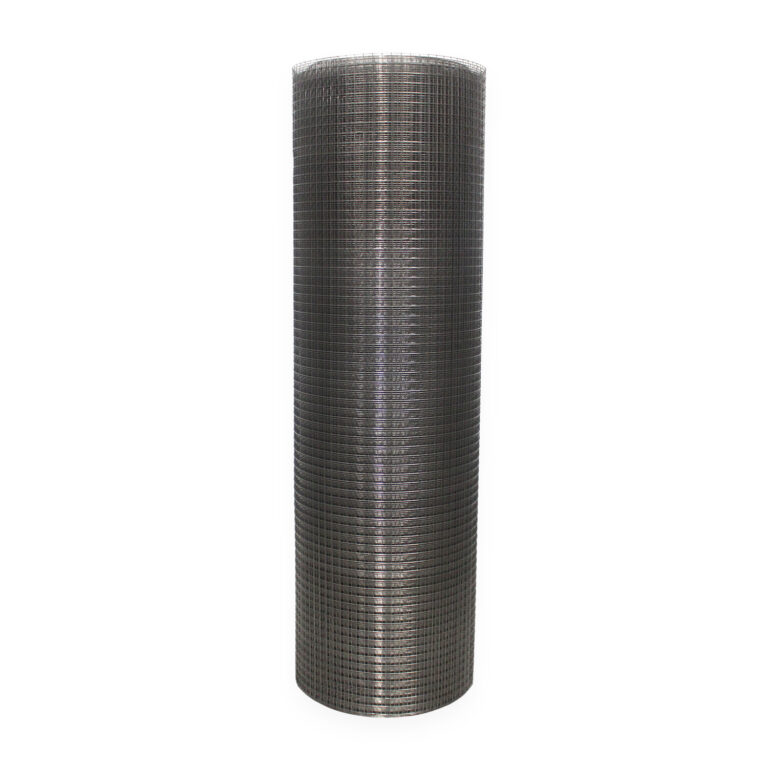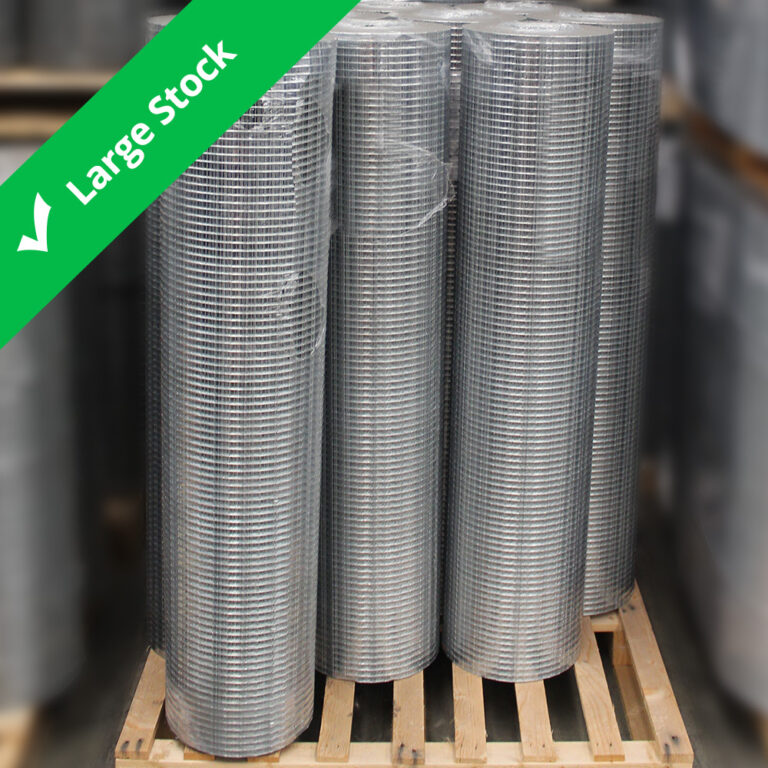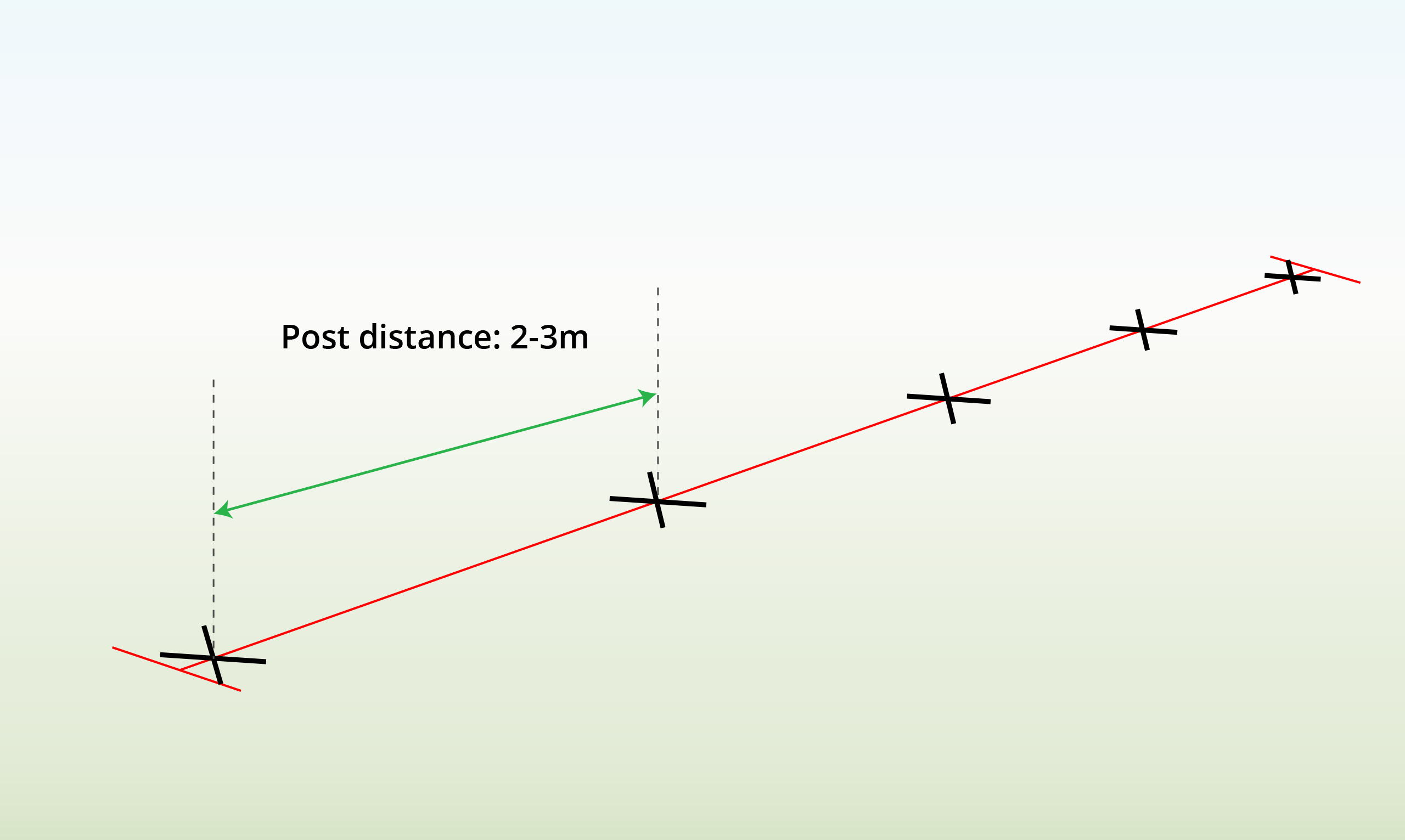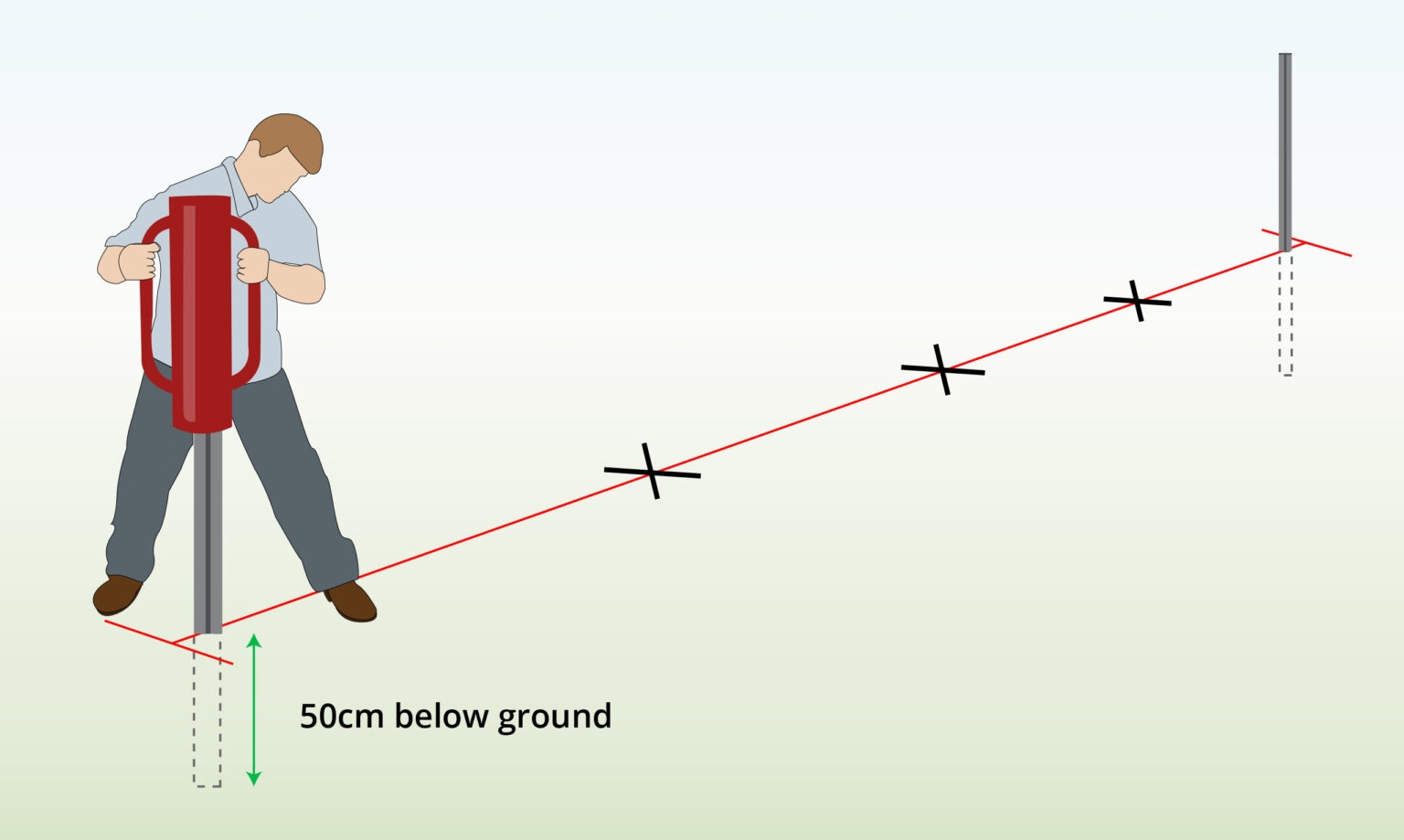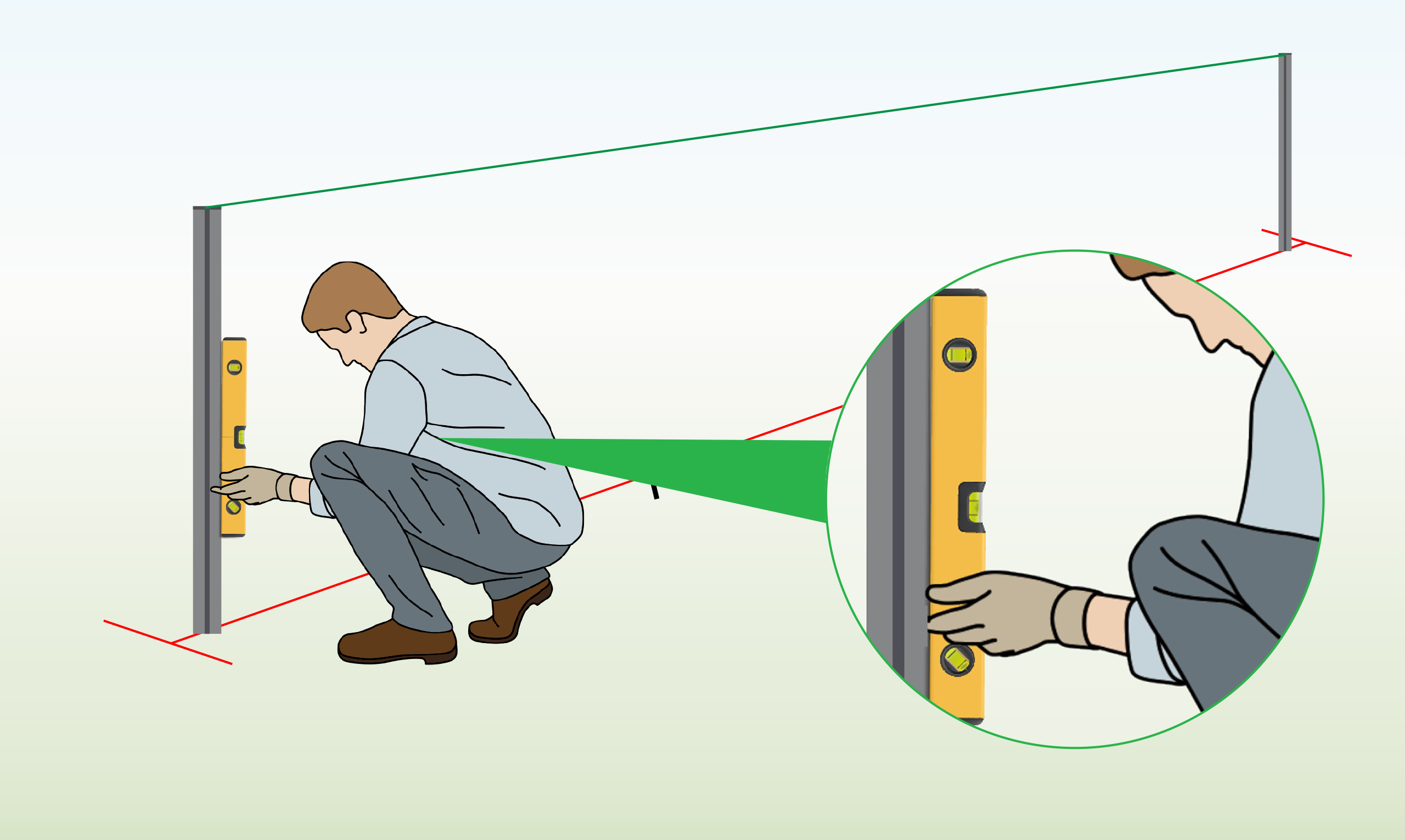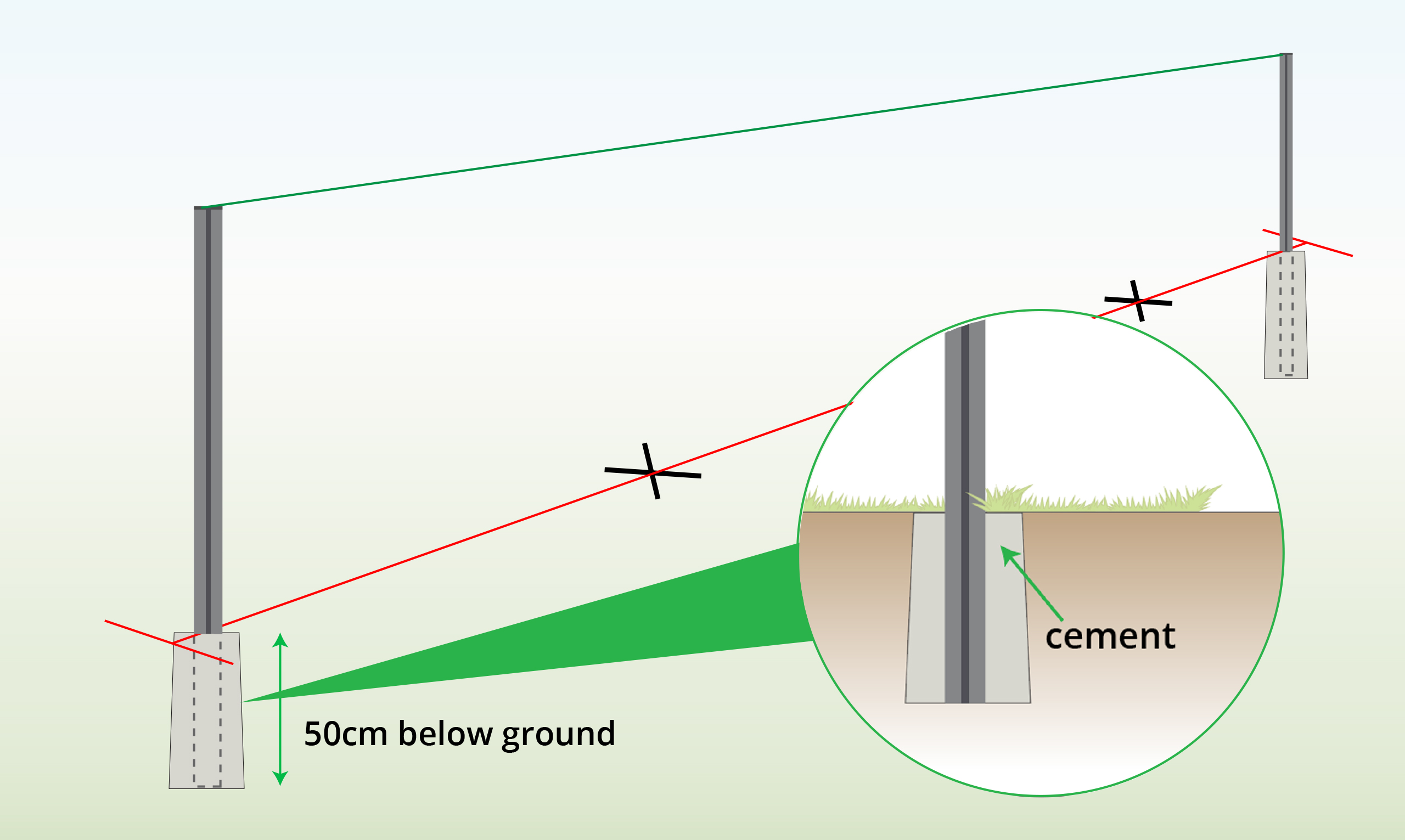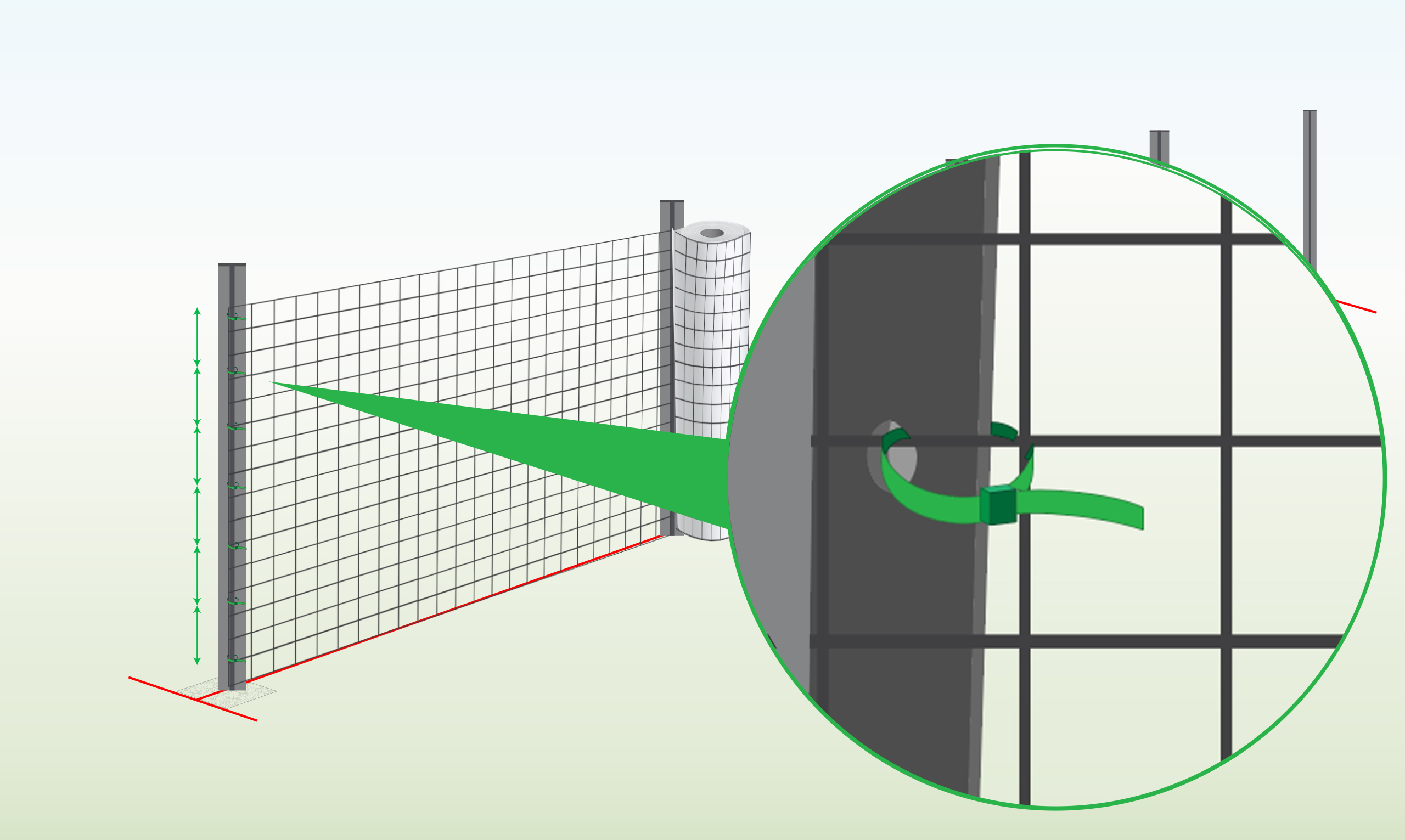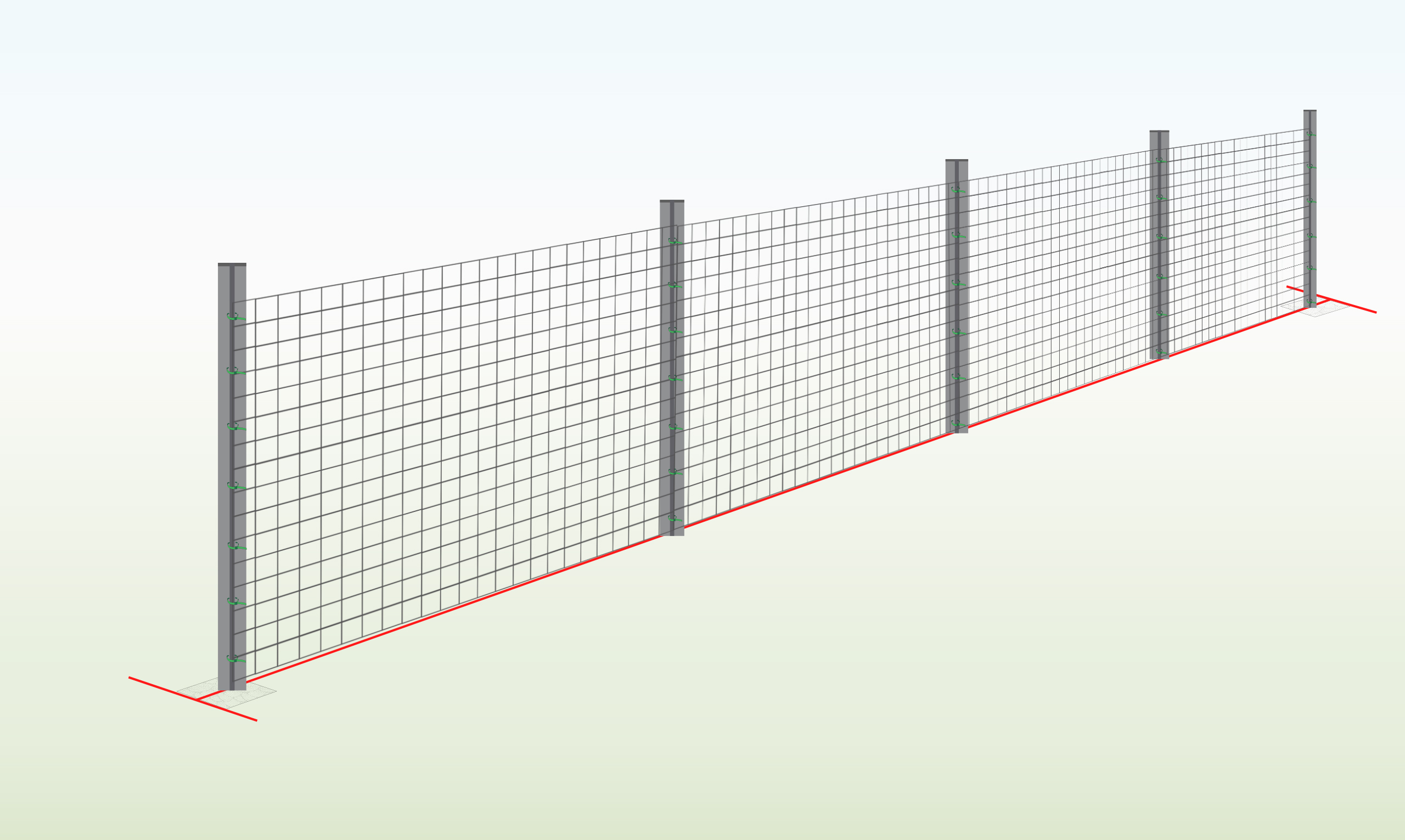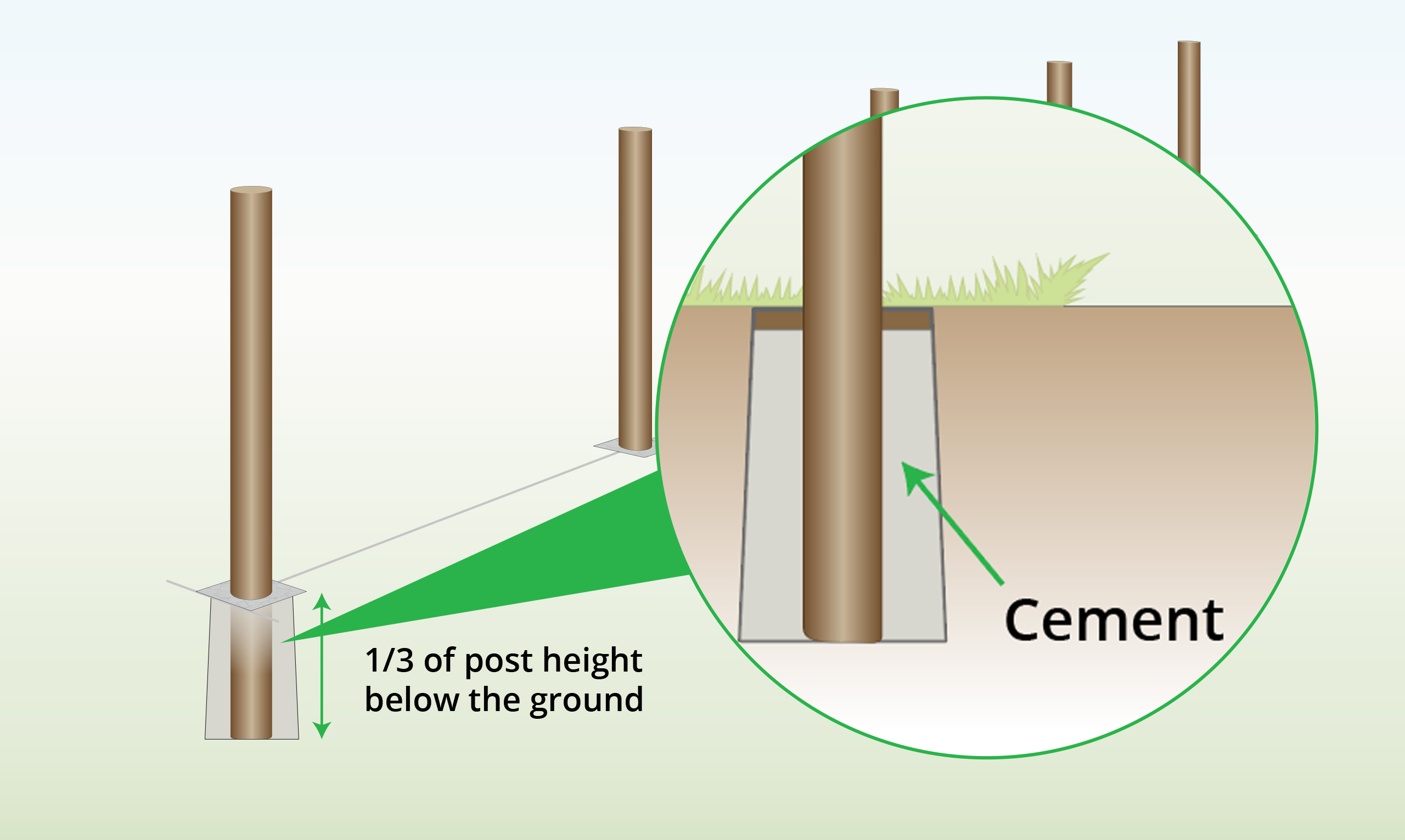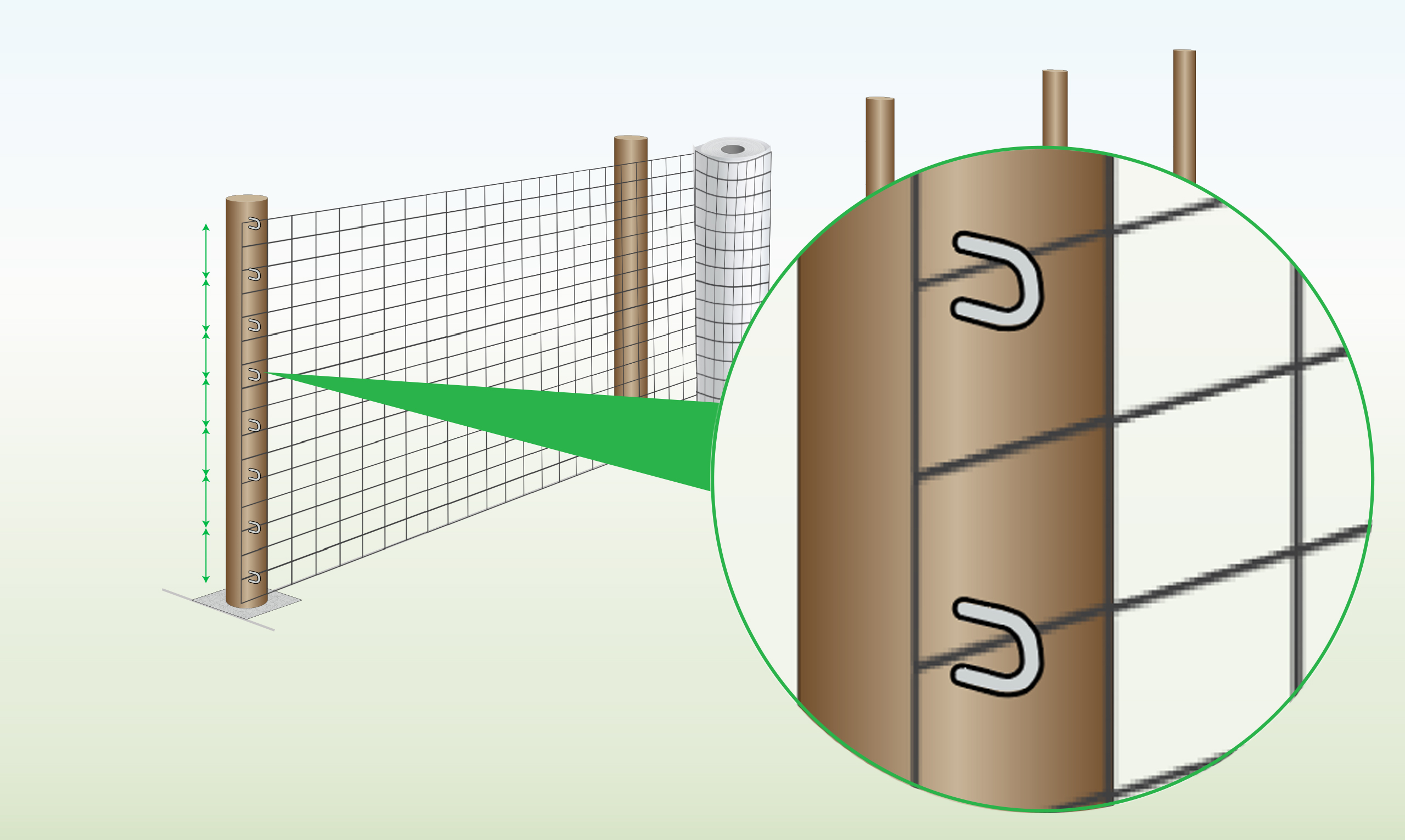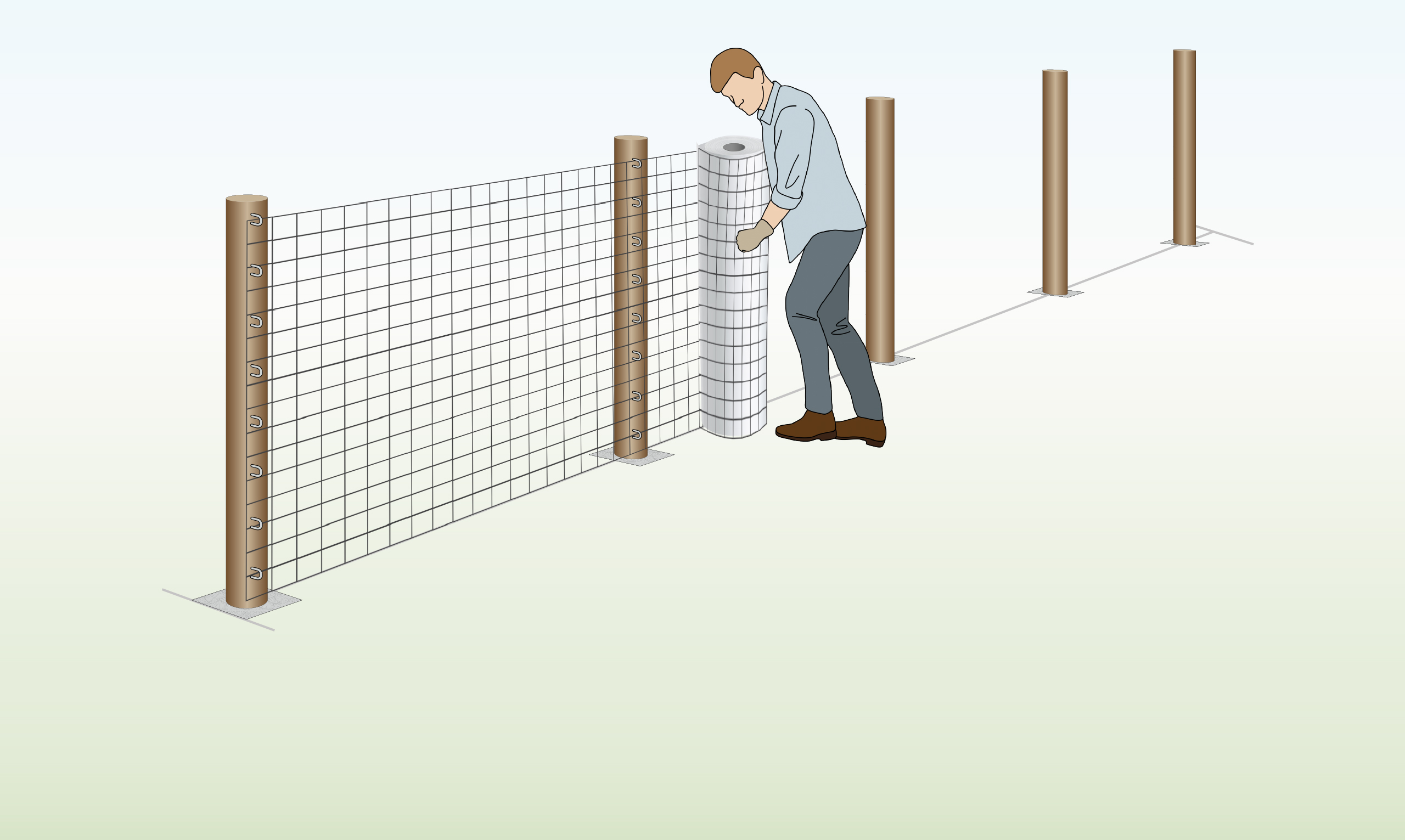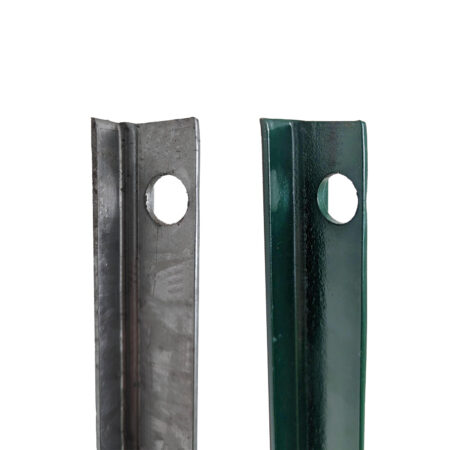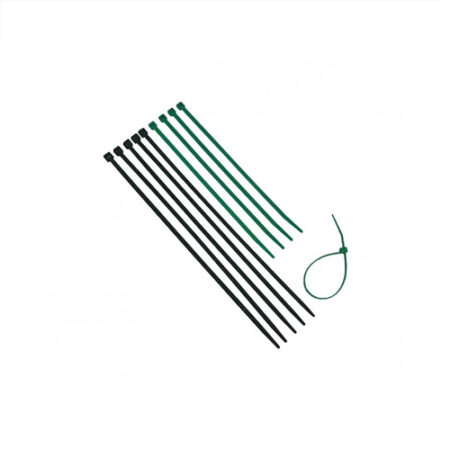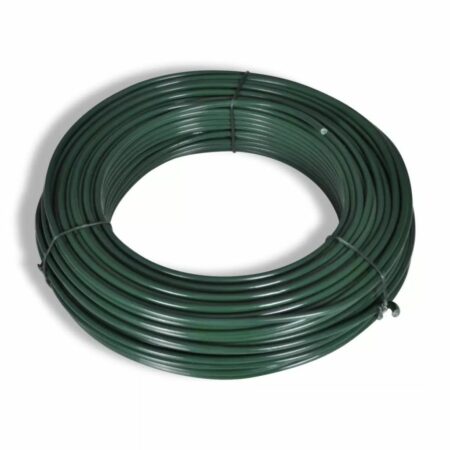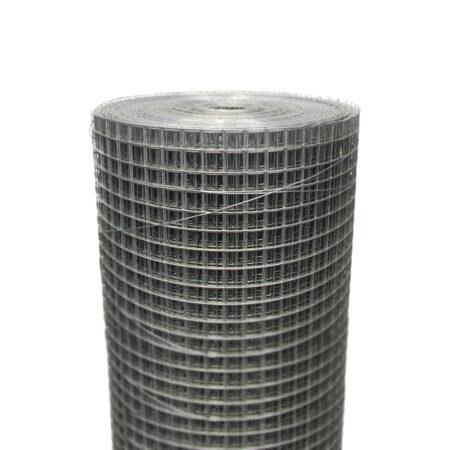Stainless Steel Mesh
Long-lasting stainless steel mesh used in construction, gardening, animal protection, architecture, as well as the pharmaceutical, healthcare and food industries.
- Grade 304 & 316 stainless steel
- Durable & strong
- Hygienic & easy to clean
- Resistant to corrosion & high temperatures

Helpful Stainless Steel Mesh Information
Size & Applications
| Mesh Size: | Use For: |
| 6mm | Bird Feeders, Small Animal Hutches, Rodent-proofing, Air & Water Intakes, Sculptures, Constructions, Industrial applications |
| 13mm | Bakery Baskets, Degreasing Baskets, Cooling Trays, Fruit Cages, Sculptures, Bird Aviaries & Protection |
| 25mm | Baskets, Cooling Trays, Bird Screens, Racking & Storage, Sculptures |
Attachments
| Attachments: | Use: |
| Join Stainless Steel Wire Meshes Together |
Hog Rings, Welding, Soldering, Tensioning Wire, Cable Ties |
| Attach to Frame | Tensioning Wire, Cable Ties |
| Finish Off the Edges | Welding, Soldering, Grommets, Epoxy Beads |
Properties
| Property: | Description: |
| Material & Construction | Grade 304 stainless steel (AKA. inox, the alloy containing 18% chromium & 8% nickel). |
| Appearance | Aesthetically attractive, smooth finish, metallic grey, silver look. |
| Handling | Strong material that holds its shape. Cut with tin snips. |
| Biodegradable | No. |
| Protecting | Does not need any coating or paint to protect it, thus requiring very little maintenance. |
| Not suitable for… |
|
Installation
T Posts
Wooden Posts
| To Do | Explanation |
| Step 1 – Indicate the Location
|
Create a straight line to mark the fence’s path between the two end posts. |
| Step 2 – Measure Post Distance
|
Specify the positions of the posts, ensuring a spacing of 2-3 meters between each one.
To improve stability, reduce the distance between your fence posts.
|
| Step 3 – Install End Posts
|
Use a post driver or mallet to sink the end posts 50cm into the ground, ensuring they are aligned in the same direction. |
| Step 4 – Check for Same Height
|
Attach a string between the end posts and verify the height of their installation using a tape measure. |
| Step 5 – Check for Straightness
|
Confirm the vertical alignment of the posts by using a spirit level to ensure they are straight. |
| Step 6 – Set in Concrete (Optional)
|
To enhance the fence’s strength and stability, reinforce it by setting the posts in concrete. Dig a 50cm hole and pour cement for a robust foundation. |
| Step 7 – Install Middle Posts
|
To install the middle posts, follow steps 3 through 6 again.
Ensure consistency by aligning the posts in the same direction and installing them uprightly. Consider reinforcing the middle posts with concrete for additional strength. |
| Step 8 – Secure Mesh to End Post
|
Start at the end post and attach the mesh to it using cable ties. Thread the ties through the pre-drilled holes in the post, and you can add extra ties to encircle the entire post for increased security. |
| Step 9 – Secure Mesh to Remaining Posts
|
Secure the remaining section of the mesh by repeating the process described in step 8. |
FAQs
How can I join two pieces of stainless steel mesh together?
You can use line wire and thread it between two overlapped sections or connect them with cable ties or hog rings.
Will rodents or birds be able to chew or claw through the mesh?
No, the material is too strong, making it adequate for protection against rodents, as well as building animal cages and enclosures.
Is the material suitable for use in the healthcare or food industry?
Yes, it’s made of grade 304 stainless alloy, also known as inox, providing a high corrosion resistance as well as strength and hygiene properties.


